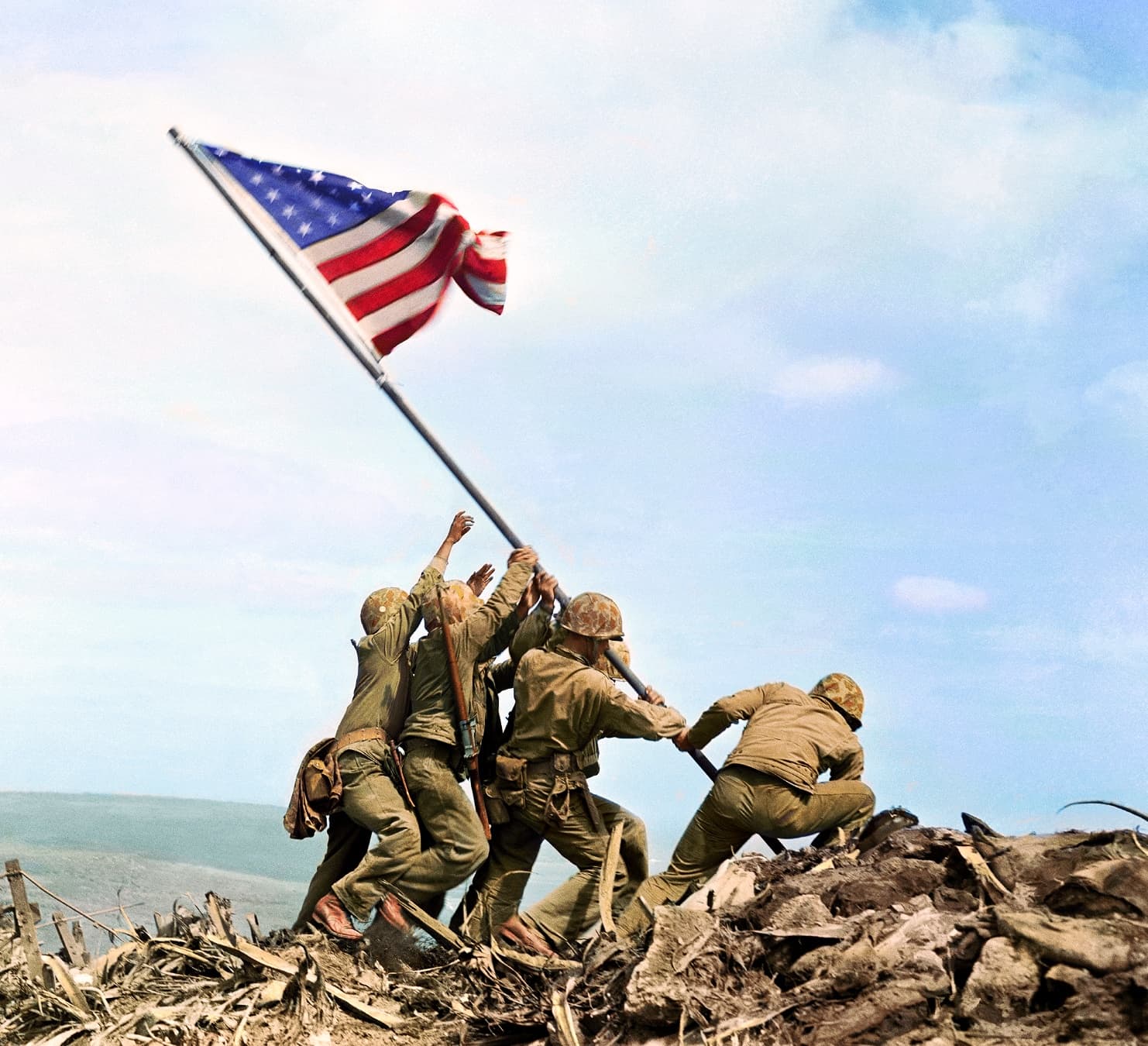Supreme HQ Allied Expeditionary Force (February 25, 1945)
FROM
(A) SHAEF MAIN
ORIGINATOR
PRD, Communique Section
DATE-TIME OF ORIGIN
251100A February
TO FOR ACTION
(1) AGWAR
(2) NAVY DEPARTMENT
TO (W) FOR INFORMATION (INFO)
(3) TAC HQ 12 ARMY GP
(4) MAIN 12 ARMY GP
(5) AIR STAFF
(6) ANCXF
(7) EXFOR MAIN
(8) EXFOR REAR
(9) DEFENSOR, OTTAWA
(10) CANADIAN C/S, OTTAWA
(11) WAR OFFICE
(12) ADMIRALTY
(13) AIR MINISTRY
(14) UNITED KINGDOM BASE
(15) SACSEA
(16) CMHQ (Pass to RCAF & RCN)
(17) COM ZONE
(18) SHAEF REAR
(19) SHAEF MAIN
(20) PRO, ROME
(21) HQ SIXTH ARMY GP
(REF NO.)
NONE
(CLASSIFICATION)
IN THE CLEAR
Communiqué No. 323
Allied forces south of the Reichswald Forest, have made limited advances toward Weeze against strong enemy resistance. Strongpoints, gun and mortar positions and troop concentrations in wooded country in the areas of Kalkar, Uedem and Goch were attacked by rocket-firing fighters while medium and light bombers bombed targets at Rhede, Rheinberg and Geldern. Artillery positions near Venlo were attacked with fragmentation bombs and rockets. Our units have extended their bridgeheads across the Roer River, encountering moderate opposition from the enemy who launched several infantry and tank counterattacks, all of which were repulsed.
Northeast of Linnich, we have occupied several villages including Baal and Hompesch. Jülich has been completely cleared and our units have progressed eastward to the outskirts of Stetterkirch. In the area north of Düren, our units have cleared Oberzier and Birkesdorf and are fighting in Arnoldsweiler. Half of Düren is in our hands, and the enemy is resisting in the remaining portion from scattered strong points in houses and other buildings. Fighting is in progress in Wiederau two miles south of Düren. Fortified buildings in many towns between the Rhine and the Roer and particularly in the triangle formed by Münchengladbach, Euskirchen and Köln were struck by fighter bombers.
We have captured Waxweiler, Oberperscheid, Ringhuscheid and Neuerburg, southwest of Prüm. Our units driving from the northwest, have met our elements advancing from the south in the vicinity of Obergeckler. South of Neuerburg, we have taken Sinspelt. Our armored elements driving to the northeast beyond the town have encountered road blocks and mines. Strong points and enemy armor in the Prüm, Waxweiler and Bitburg areas were attacked by fighter bombers. In the lower Saar Valley, our units have captured Ockfen, two miles southeast of Saarburg on the east side of the river. Serrig is now completely in our hands, and we have taken high ground two and one-half miles east of the town.
Railway yards, communication centers and rail and road transport north and northeast of the Ruhr and between the Rhine and the Roer Rivers were attacked by medium, light and fighter bombers. Among the targets were the communications centers of Viersen, Rheindahlen, Blatzheim, Zülpich and Vlatten. A large number of locomotives, railway cars and motor vehicles were destroyed and railway lines were cut in many places.
Fighting continued in Forbach with resistance still stubborn in the western section of the town. Enemy artillery and mortar fire increased considerably in the area. Three counterattacks were repulsed on the high ground south of Saarbrücken with heavy losses to the enemy. Bübingen, on the east bank of the Saar River, was cleared. Farther east, the town of Bliesransbach was captured.
Allied forces in the west captured 2,330 prisoners 22 February.
The aerial offensive against the enemy’s communications also was continued elsewhere yesterday with heavy and widespread attacks by heavy, medium, and fighter-bombers. Railway bridges at Neuweid and Mayen were attacked by medium bombers while railway communications and transport in the areas of Neustadt, Homburg, Freiburg and to the south were struck at by medium and fighter-bombers. Railway yards at Bielefeld and rail targets elsewhere in northwestern Germany; oil refineries at Misburg, Hamburg and Harburg; a synthetic oil plant at Kamen and submarine building yards at Hamburg and Bremen were attacked by escorted heavy bombers in very great strength. Some of the escorting fighters flew low to strafe rail, road and canal transport. An oil refinery northeast of Hanover was hit by fighter-bombers which set fire to many storage tanks and three oil trains. Communications and rail, road and water transport in northern Holland were struck at by fighter bombers. Berlin was attacked by light bombers last night.
COORDINATED WITH: G-2, G-3 to C/S
THIS MESSAGE MAY BE SENT IN CLEAR BY ANY MEANS
/s/
Precedence
“OP” - AGWAR
“P” - Others
ORIGINATING DIVISION
PRD, Communique Section
NAME AND RANK TYPED. TEL. NO.
D. R. JORDAN, Lt Col FA4655
AUTHENTICATING SIGNATURE
/s/
